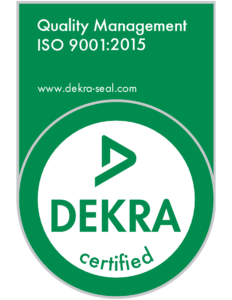Mold release agents are typically used to facilitate the release of plastic parts from the mold during the injection molding process. However, these agents can have an impact on the quality of ultrasonic welding if they are not properly removed prior to welding.
If mold release agents are present on the surface of the plastic parts during ultrasonic welding, they can interfere with the bonding between the parts and reduce the strength of the weld. This can result in incomplete welds, weak joints, and other defects that can compromise the performance and durability of the final product.
To minimize the impact of mold release agents on ultrasonic welding, it is important to ensure that the plastic parts are properly cleaned and prepared before welding. This may involve using specialized cleaning agents or solvents to remove any residual mold release agents from the surface of the parts.
In addition, it is important to avoid using excessive amounts of mold release agents during the injection molding process, as this can increase the risk of contamination and reduce the quality of the weld. By properly preparing the plastic parts and avoiding the use of excessive mold release agents, it is possible to produce high-quality ultrasonic welds that are strong, durable, and free from defects.

